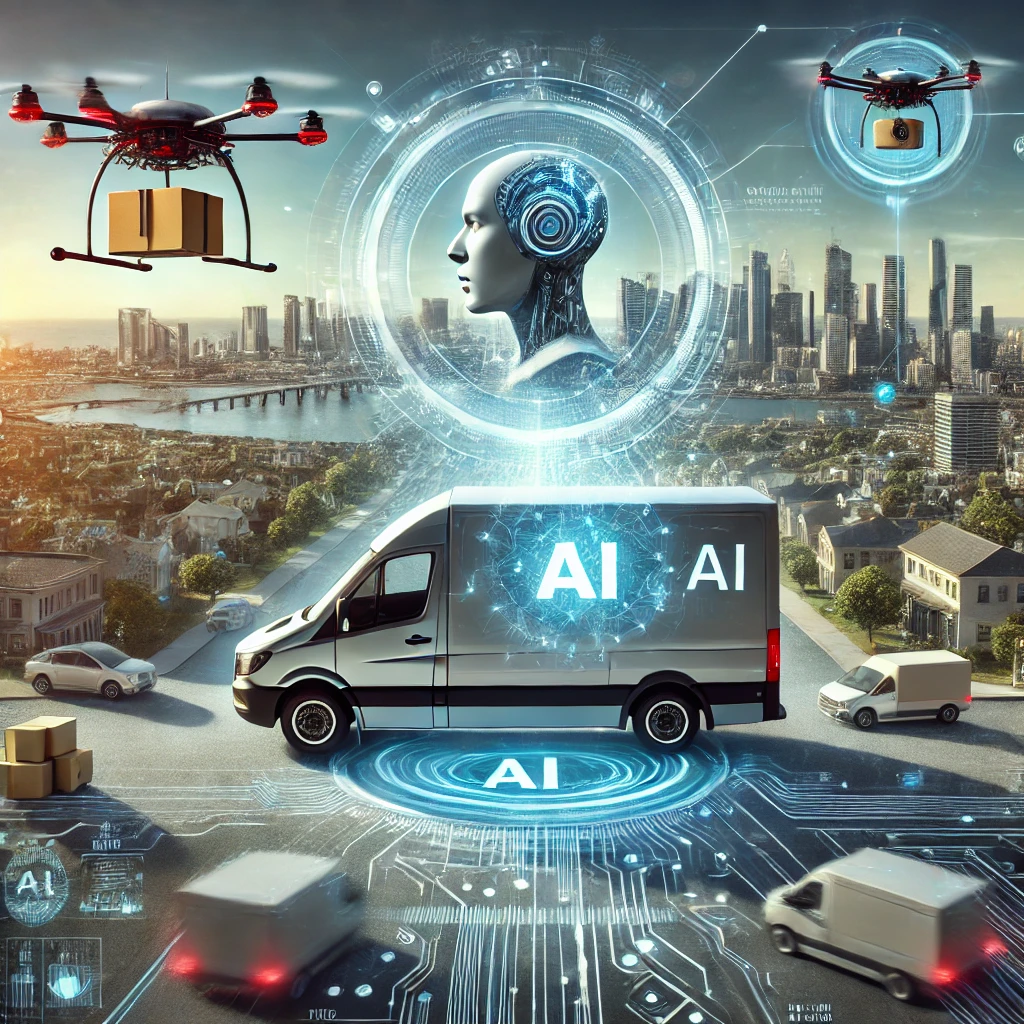How AI is Revolutionizing Last-Mile Delivery
Exploring the transformative impact of artificial intelligence on last-mile delivery operations and customer experience.

The last-mile delivery landscape is undergoing a revolutionary transformation, driven by artificial intelligence. From predictive routing to automated dispatching, AI is reshaping how packages reach their final destinations.
The AI Revolution in Last-Mile Logistics
Smart Route Optimization
AI algorithms are transforming route planning by:
- Processing real-time traffic data
- Adapting to weather conditions
- Learning from historical delivery patterns
- Optimizing multi-stop routes dynamically
Predictive Delivery Windows
Modern AI systems can:
- Forecast delivery times with unprecedented accuracy
- Adjust ETAs based on real-time conditions
- Reduce failed delivery attempts
- Enhance customer communication
Customer Experience Enhancement
Real-Time Updates
AI-powered systems provide:
- Accurate delivery predictions
- Automated communication
- Dynamic rerouting options
- Instant customer support
"AI isn't just optimizing routes; it's revolutionizing the entire customer experience in last-mile delivery." - Logistics Technology Expert
Operational Efficiency
Automated Decision Making
AI systems excel at:
- Load optimization
- Resource allocation
- Capacity planning
- Risk assessment
Cost Reduction
Implementation of AI leads to:
- Reduced fuel consumption
- Optimized workforce utilization
- Lower return rates
- Improved asset utilization
Environmental Impact
Sustainability Benefits
AI contributes to:
- Reduced carbon emissions
- Optimized vehicle capacity
- Decreased traffic congestion
- More efficient resource usage
Future Developments
Emerging Technologies
Watch for:
- Autonomous delivery vehicles
- Drone delivery integration
- Advanced prediction models
- IoT-enabled tracking solutions
Implementation Strategies
Getting Started
Focus on:
- Identifying key pain points
- Starting with pilot programs
- Measuring success metrics
- Scaling successful solutions
Best Practices
Remember to:
- Train staff adequately
- Ensure data quality
- Monitor performance
- Maintain flexibility
Challenges and Solutions
Common Obstacles
Address:
- Data integration issues
- Staff adaptation
- Technology costs
- Privacy concerns
Success Factors
Focus on:
- Clear implementation strategy
- Strong change management
- Regular performance review
- Continuous improvement
Looking Ahead
The future of last-mile delivery with AI includes:
- More autonomous solutions
- Enhanced prediction accuracy
- Greater sustainability
- Improved customer satisfaction
Conclusion
AI is not just improving last-mile delivery; it's fundamentally transforming how we think about the final step in the supply chain. Organizations that embrace these technologies now will be better positioned for success in the evolving logistics landscape.
For more insights on AI in logistics and delivery optimization, explore our related articles or contact our team of experts.








